SILT
![]()
![]()
![]()
![]()
![]()
![]()
![]()
![]()
![]()
![]()
![]()
With the support of the Anchorage Museum and Polar Lab Artist Residencey in Anchorage, Alaska, Silt is an exploration of Alaskan glacial silt from multiple views of relation. The silt sculptures were placed in the locatations where the silt was gathered documented as they became a transient, ephemeral part of the surrounding environment. Withnessing this was a vicarious experience of identification, relationship and transformation with an environment.
I was born and raised on the banks of the Nenana River. The river silt is one of my earliest memories of connection to my environment. I remember the way it would transform my skin into a sparkling part of the river after covering my hands in it. Whenever I have the opportunity to return home, it is still a powerful signifier of the phenomenal place I am from. It is also a swift reminder of the personal, familial, and communal experiences growing up in Alaska that for me and many other Alaskans were powerful, dangerous, and sometimes very tragic. For the people who live there, the natural landscape and the people are inextricably linked, my aim was to approach silt from this perspective.
Consider the Spoonbill
![]()
![]()
![]()
![]()
![]()
Consider the Spoonbill, in collaboration the collection of LSU Nature Science Museum, is a series of 3D scans of taxidermied Roseate Spoonbil birds. It is a look into human’s complicated and precarious relationship the environment, particularly with animals and wildlife.
![]()
![]()
![]()
![]()
![]()
![]()



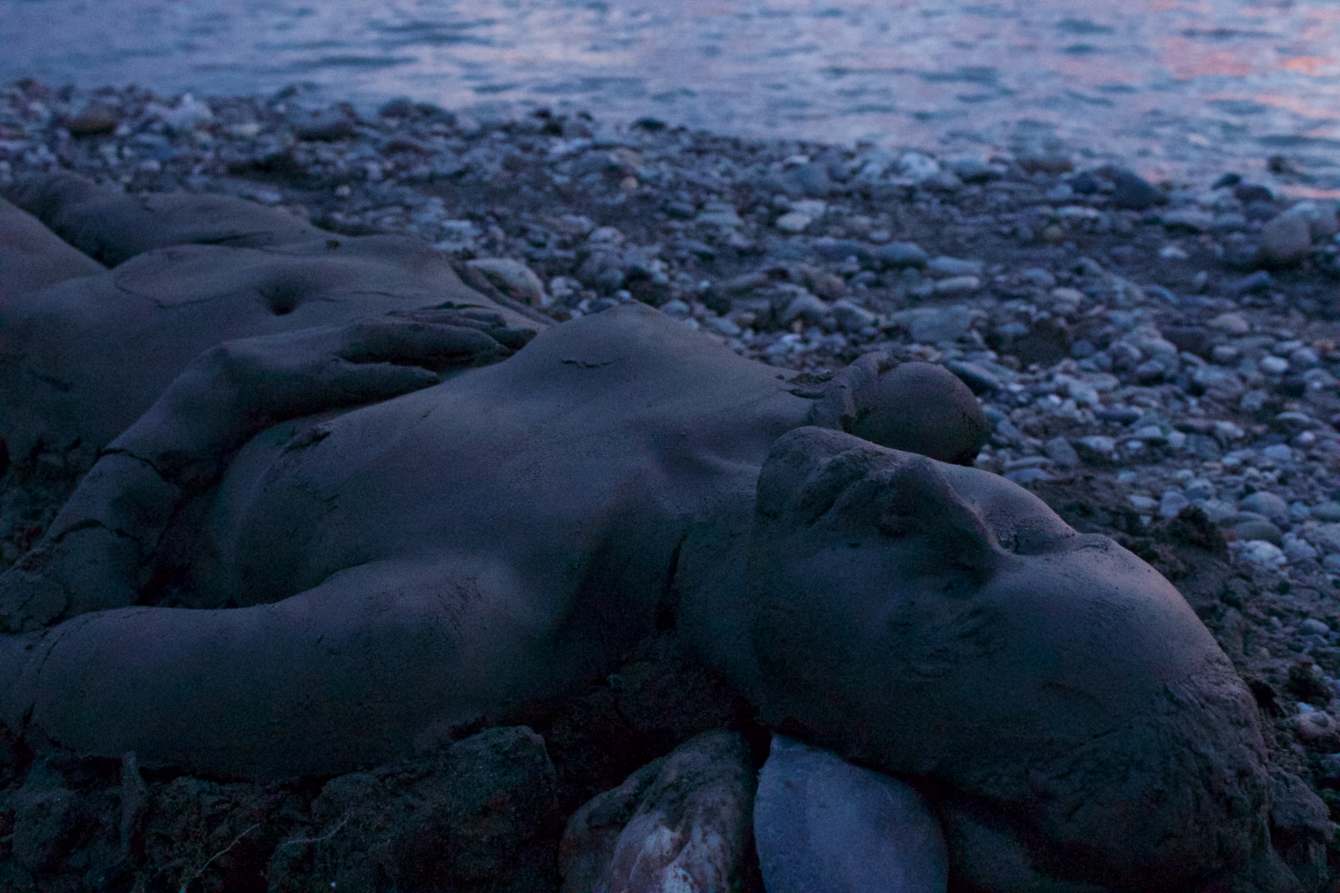

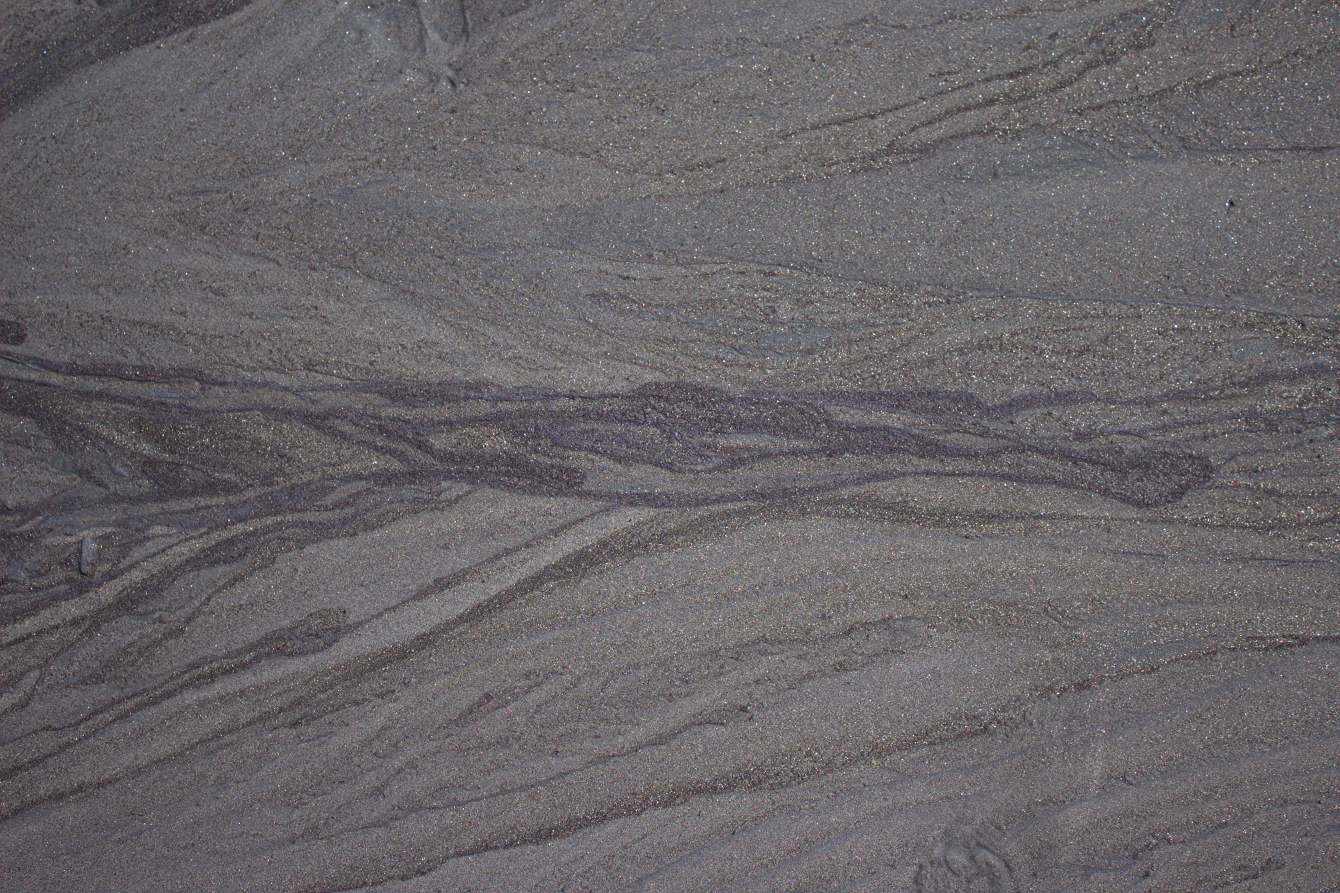
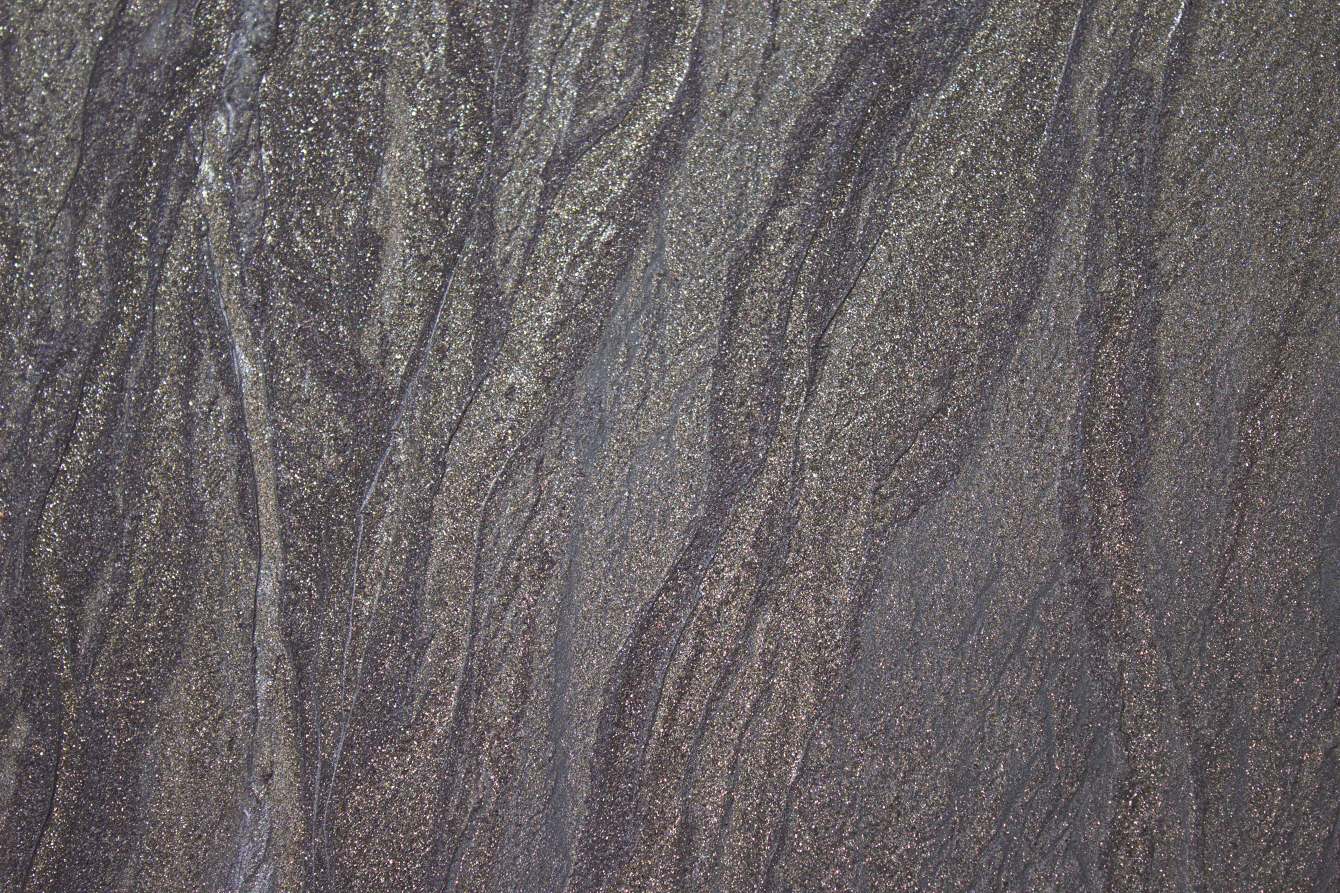
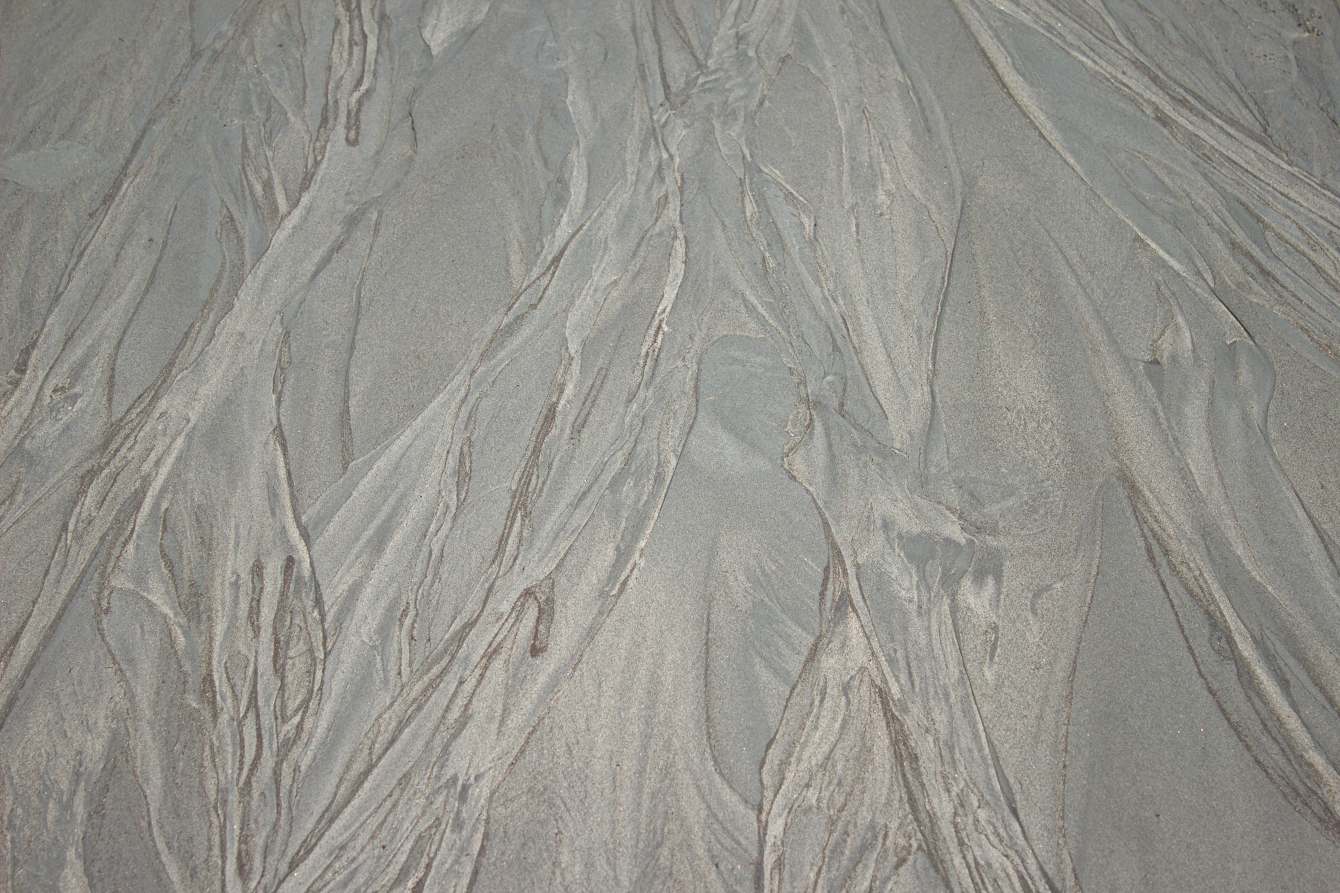



With the support of the Anchorage Museum and Polar Lab Artist Residencey in Anchorage, Alaska, Silt is an exploration of Alaskan glacial silt from multiple views of relation. The silt sculptures were placed in the locatations where the silt was gathered documented as they became a transient, ephemeral part of the surrounding environment. Withnessing this was a vicarious experience of identification, relationship and transformation with an environment.
I was born and raised on the banks of the Nenana River. The river silt is one of my earliest memories of connection to my environment. I remember the way it would transform my skin into a sparkling part of the river after covering my hands in it. Whenever I have the opportunity to return home, it is still a powerful signifier of the phenomenal place I am from. It is also a swift reminder of the personal, familial, and communal experiences growing up in Alaska that for me and many other Alaskans were powerful, dangerous, and sometimes very tragic. For the people who live there, the natural landscape and the people are inextricably linked, my aim was to approach silt from this perspective.
sample of silt materials https://vimeo.com/237832850
Consider the Spoonbill

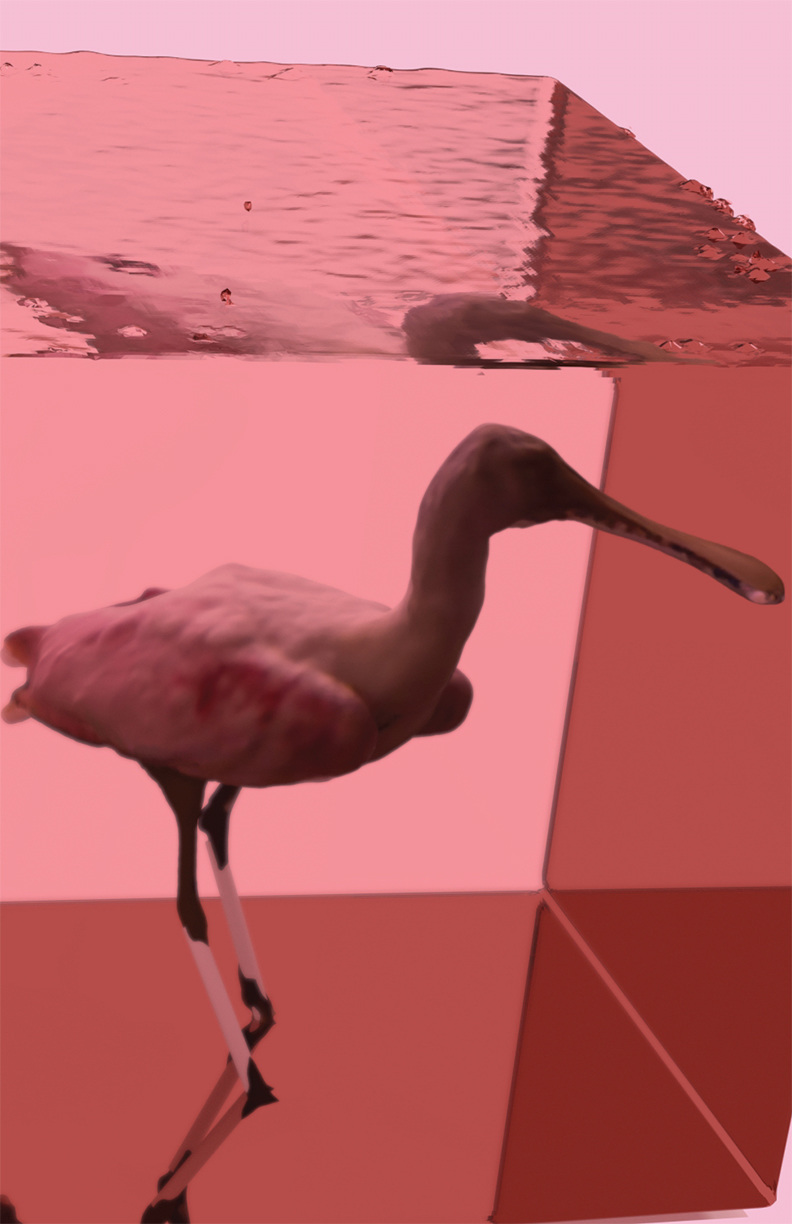


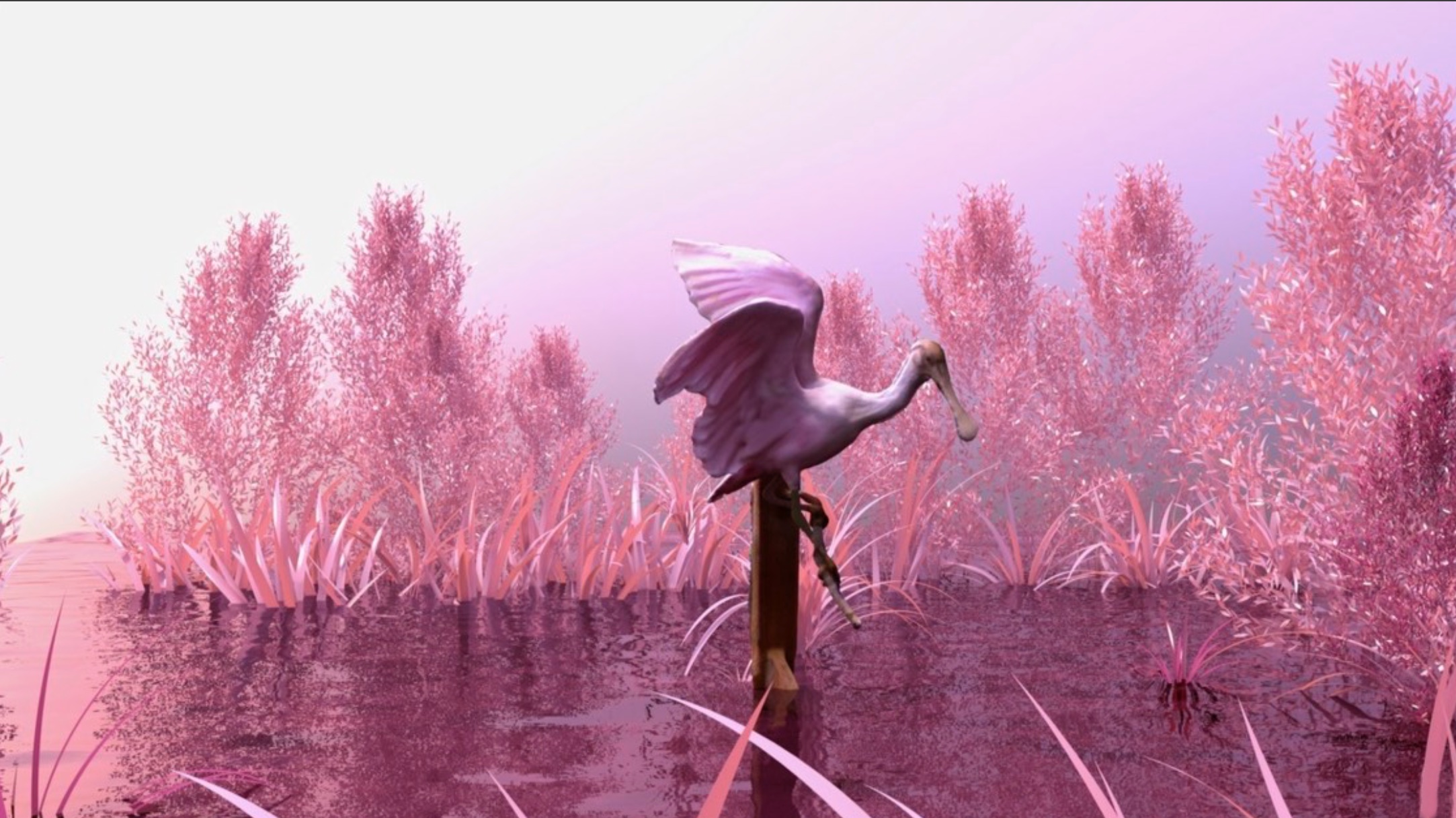
Consider the Spoonbill, in collaboration the collection of LSU Nature Science Museum, is a series of 3D scans of taxidermied Roseate Spoonbil birds. It is a look into human’s complicated and precarious relationship the environment, particularly with animals and wildlife.


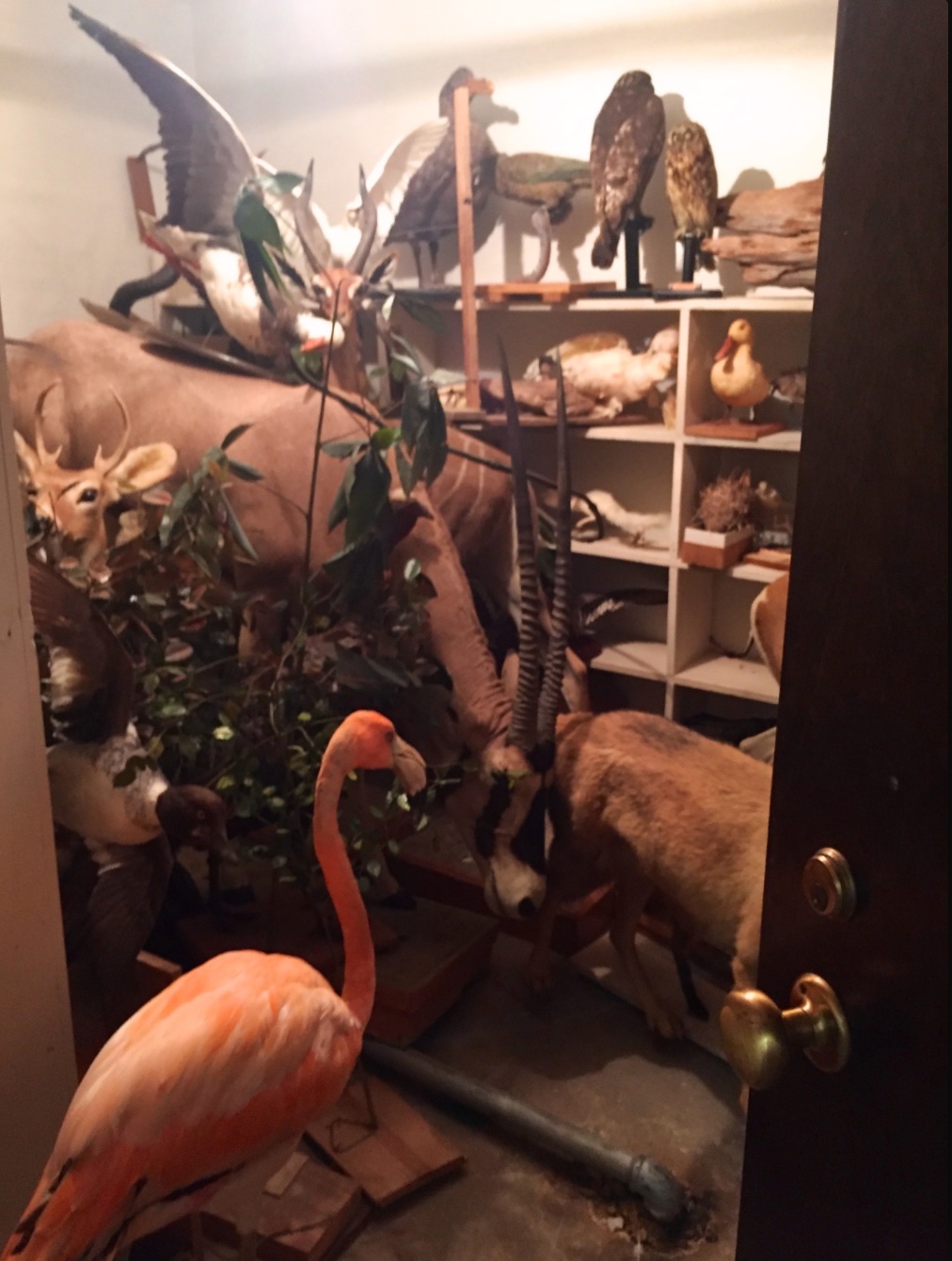


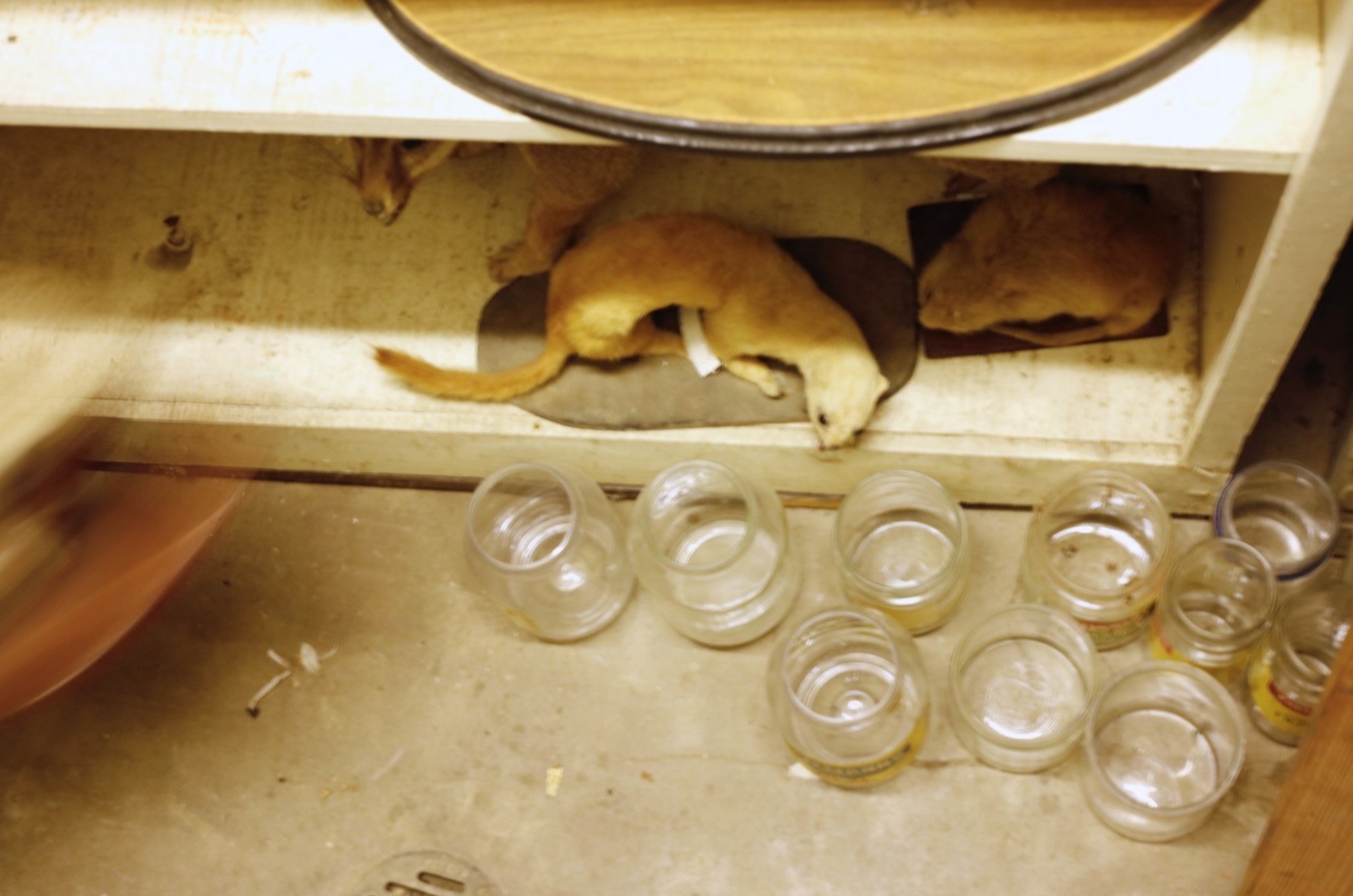
Presence / Absence
![]()
![]()
![]()
![]()
![]()
Presence/Absence , MFA thesis
An acknowledgment of interpersonal relationships. In it I explore personal experiences, languages of relating, and ontolocial concepts that comprise coexistance
Through the lens of digital 3D scaning, in the limitless void of digital space, devoid of scale, time, or place, and in states of visual presence/absence, I am exploring familiarity persists. This in turn allows a window into the essence and irreducible compexity of relating.
The bed is recurring subject that is central to Presence/Absence. The immediacy of the visual language represents a powerful relationship between the signifier and signified. It speaks directly of the body and of bodily experiences from the mundane to the profoundly affecting. With this in mind, I look at the dynamic of Presence / Absence and how the bed can simultaneously speak of the past and present, and to the experience of presence and absence.
![]()
![]()
![]()
Garden Moose
Alaska Botanical Gardens Artist in Residence

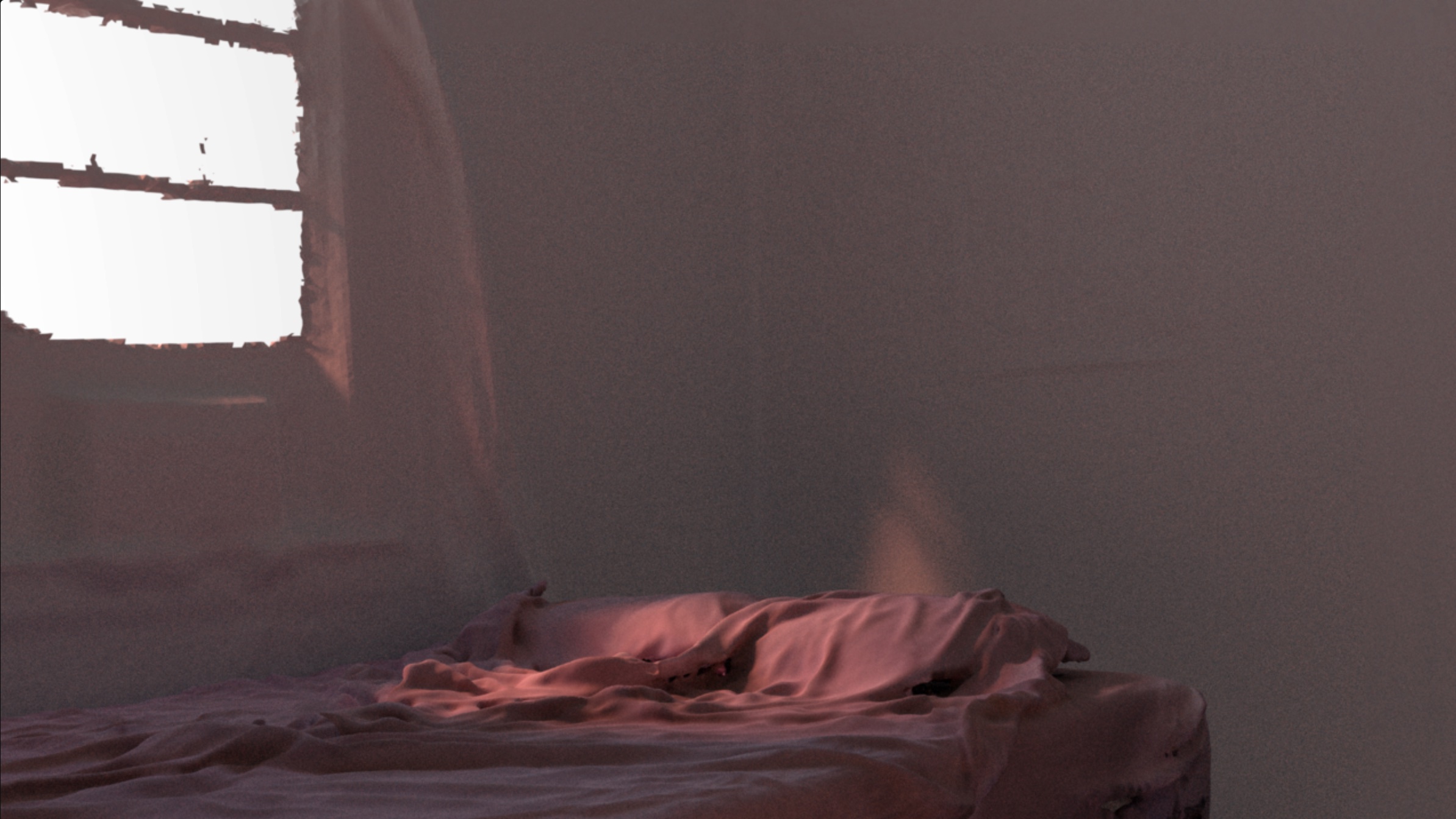

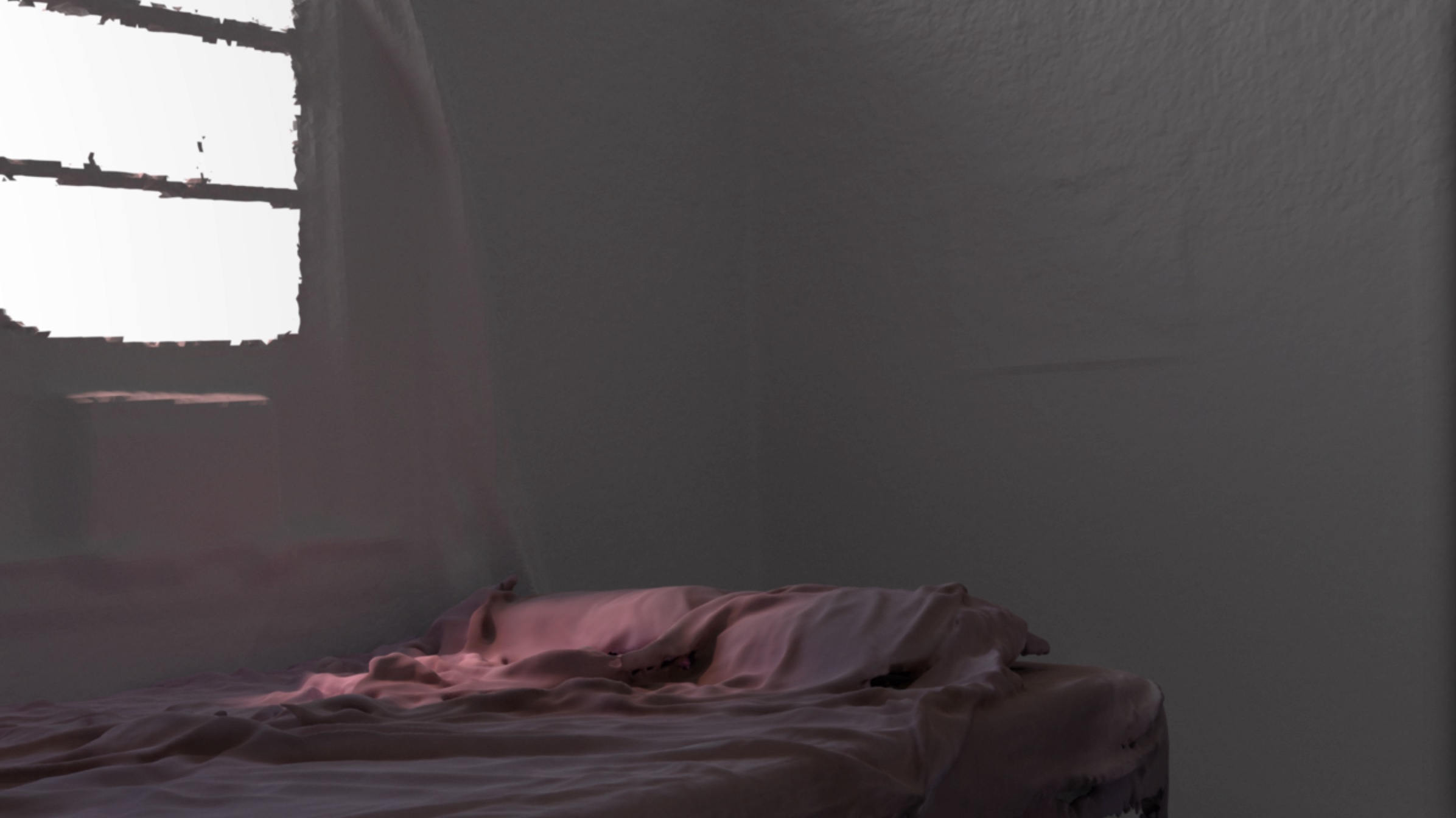
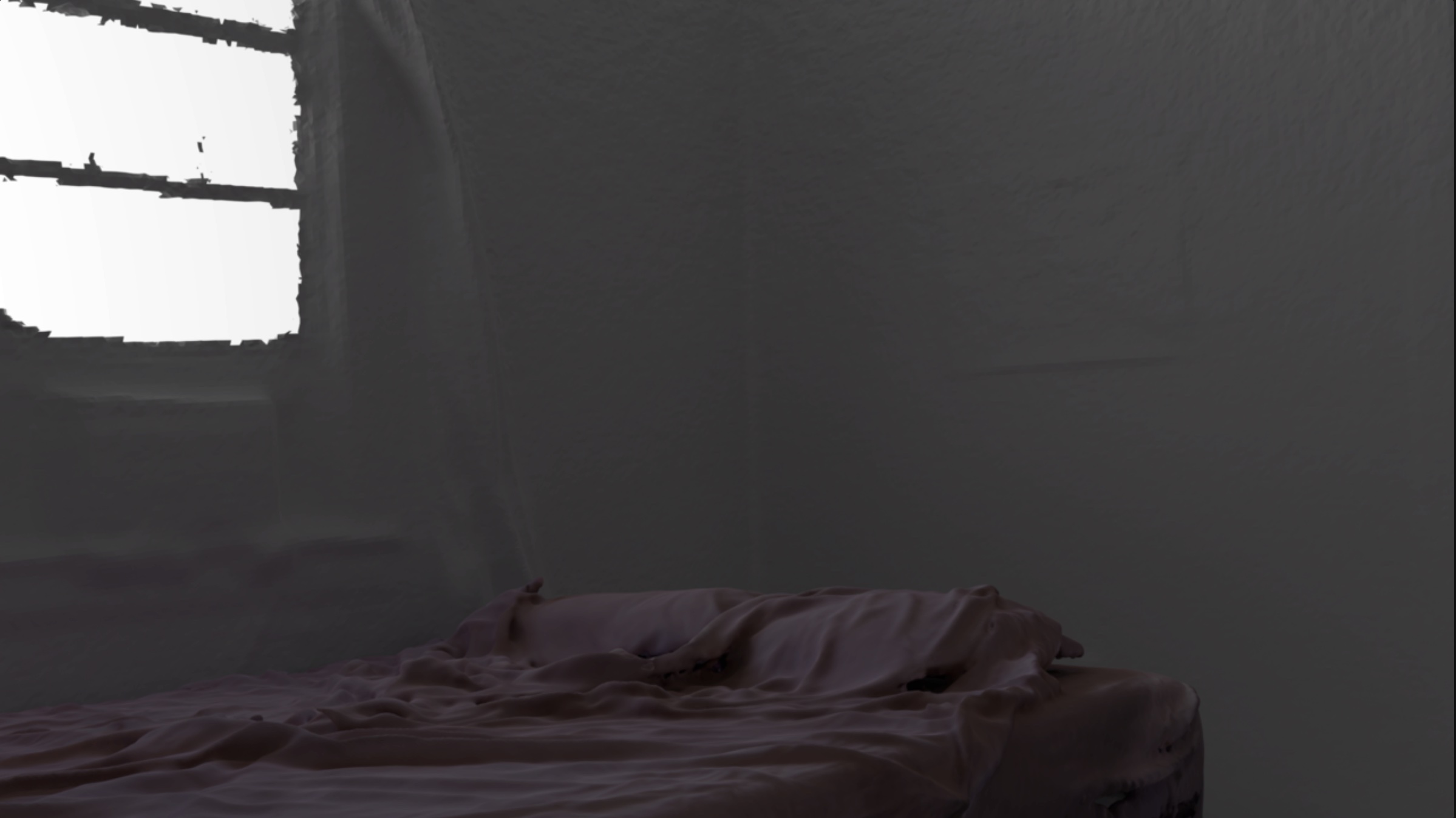
Presence/Absence , MFA thesis
An acknowledgment of interpersonal relationships. In it I explore personal experiences, languages of relating, and ontolocial concepts that comprise coexistance
Through the lens of digital 3D scaning, in the limitless void of digital space, devoid of scale, time, or place, and in states of visual presence/absence, I am exploring familiarity persists. This in turn allows a window into the essence and irreducible compexity of relating.
The bed is recurring subject that is central to Presence/Absence. The immediacy of the visual language represents a powerful relationship between the signifier and signified. It speaks directly of the body and of bodily experiences from the mundane to the profoundly affecting. With this in mind, I look at the dynamic of Presence / Absence and how the bed can simultaneously speak of the past and present, and to the experience of presence and absence.
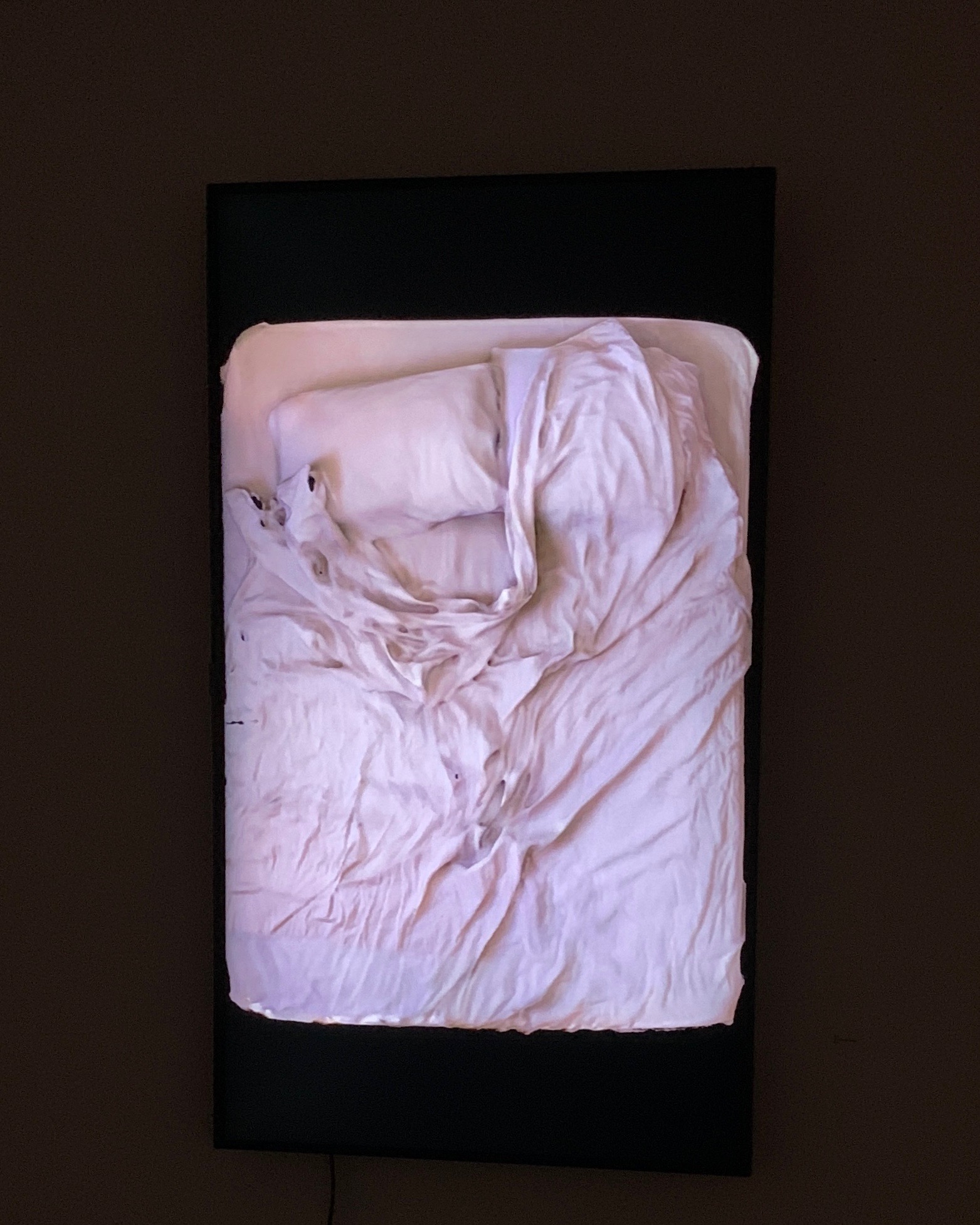
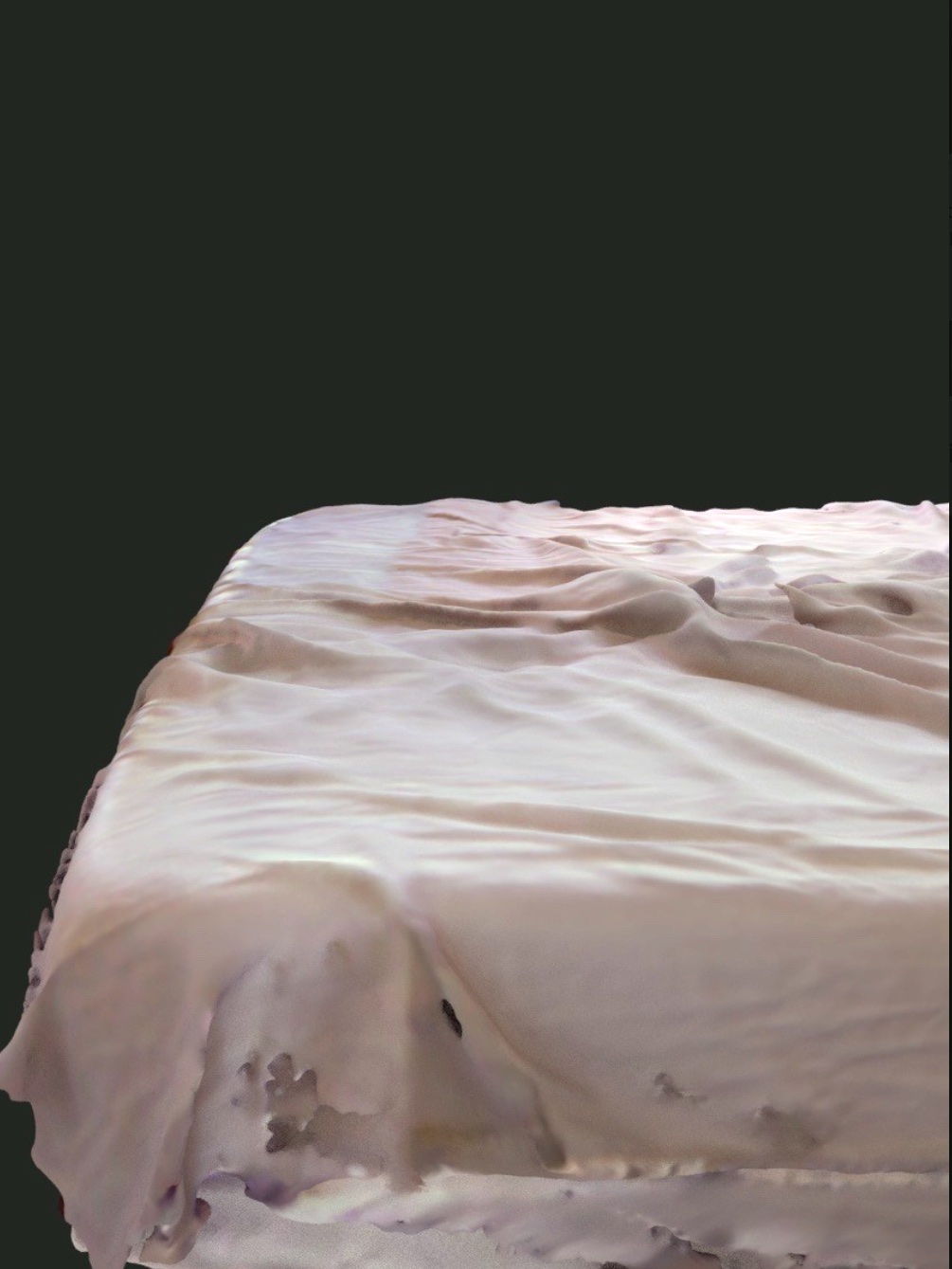

Garden Moose
Garden Moose is a project bringing awareness to the close relationship between Alaskan residents and the Alaska Moose.
In collaboration with the Alaska Wildlife Conservation Center, an in addition to my residency with the Alaska Borantical Gardens, I served as a Docent Educator at the AWCC and painted portraits of the moose finding sanctuary there. The portraits were installed along the wild paths at the Alska Botanical Gadens. Additionally I held a workshop at the Botanical Gardens on life drawing and region specific information about Moose in the Anchorage area, and best practices for cohabitation -especially gardening.